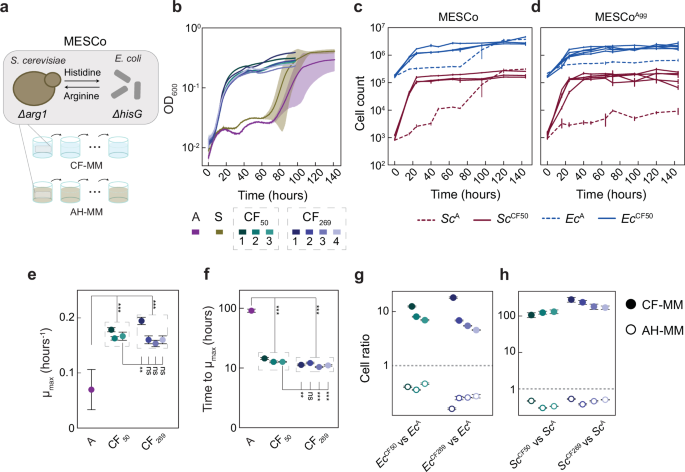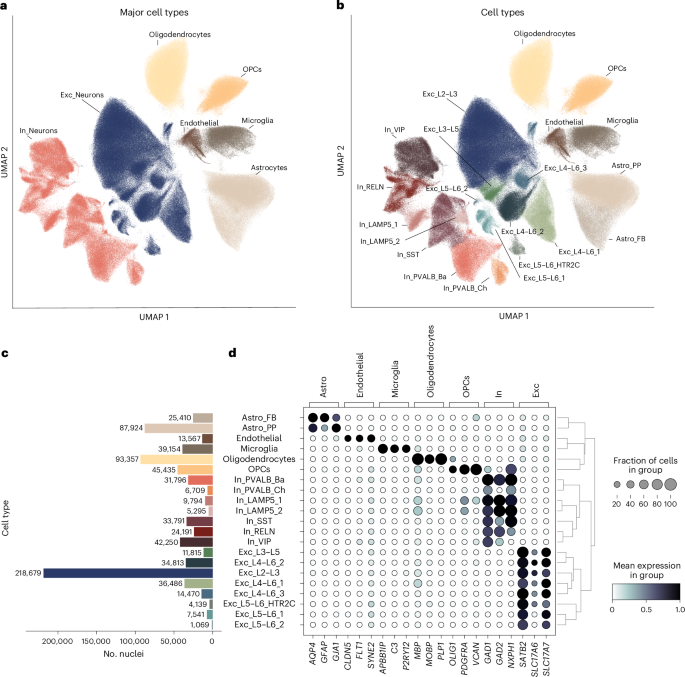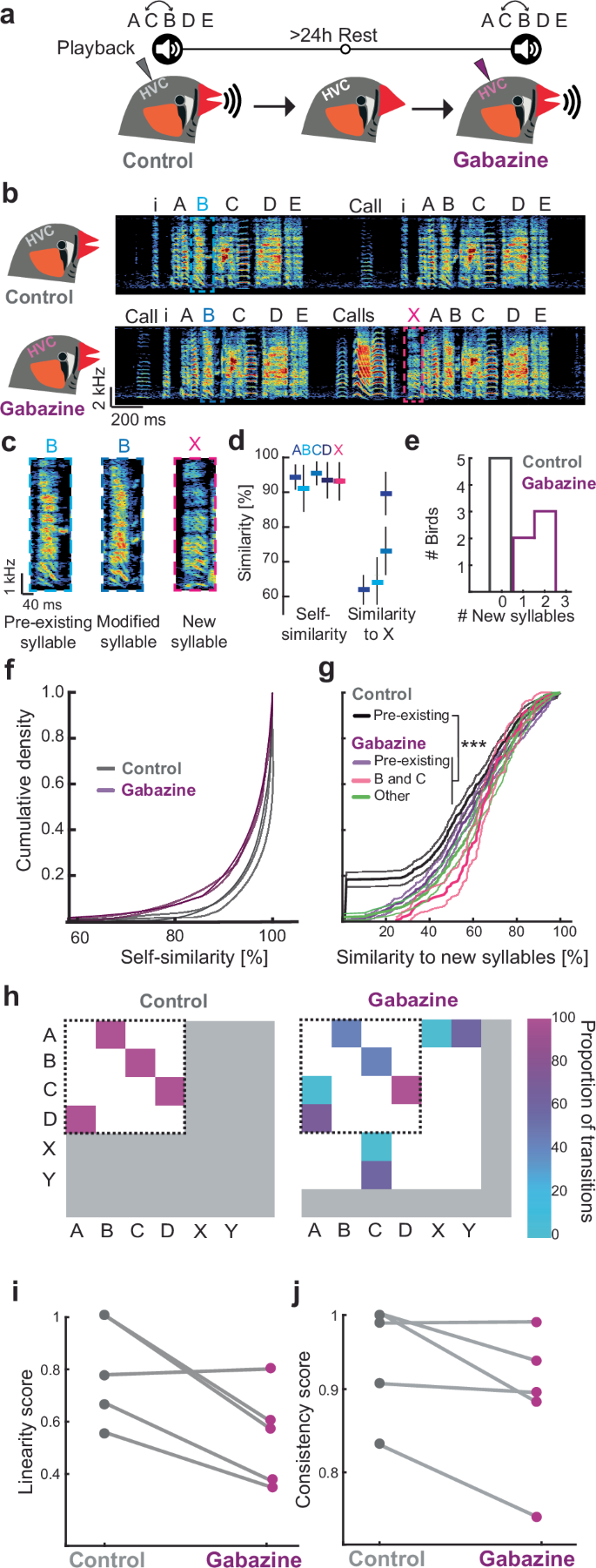2024-09-03 マックス・プランク研究所
<関連情報>
- https://www.mpg.de/23386673/0903-terr-microbial-entanglement-153410-x
- https://www.nature.com/articles/s41467-024-51702-1
微生物群集の進化の過程で、代謝のもつれが強化される Enhanced metabolic entanglement emerges during the evolution of an interkingdom microbial community
Giovanni Scarinci,Jan-Luca Ariens,Georgia Angelidou,Sebastian Schmidt,Timo Glatter,Nicole Paczia &Victor Sourjik
Nature Communications Published:22 August 2024
DOI:https://doi.org/10.1038/s41467-024-51702-1

Abstract
While different stages of mutualism can be observed in natural communities, the dynamics and mechanisms underlying the gradual erosion of independence of the initially autonomous organisms are not yet fully understood. In this study, by conducting the laboratory evolution on an engineered microbial community, we reproduce and molecularly track the stepwise progression towards enhanced partner entanglement. We observe that the evolution of the community both strengthens the existing metabolic interactions and leads to the emergence of de novo interdependence between partners for nitrogen metabolism, which is a common feature of natural symbiotic interactions. Selection for enhanced metabolic entanglement during the community evolution repeatedly occurred indirectly, via pleiotropies and trade-offs within cellular regulatory networks, and with no evidence of group selection. The indirect positive selection of metabolic dependencies between microbial community members, which results from the direct selection of other coupled traits in the same regulatory network, may therefore be a common but underappreciated driving force guiding the evolution of natural mutualistic communities.


